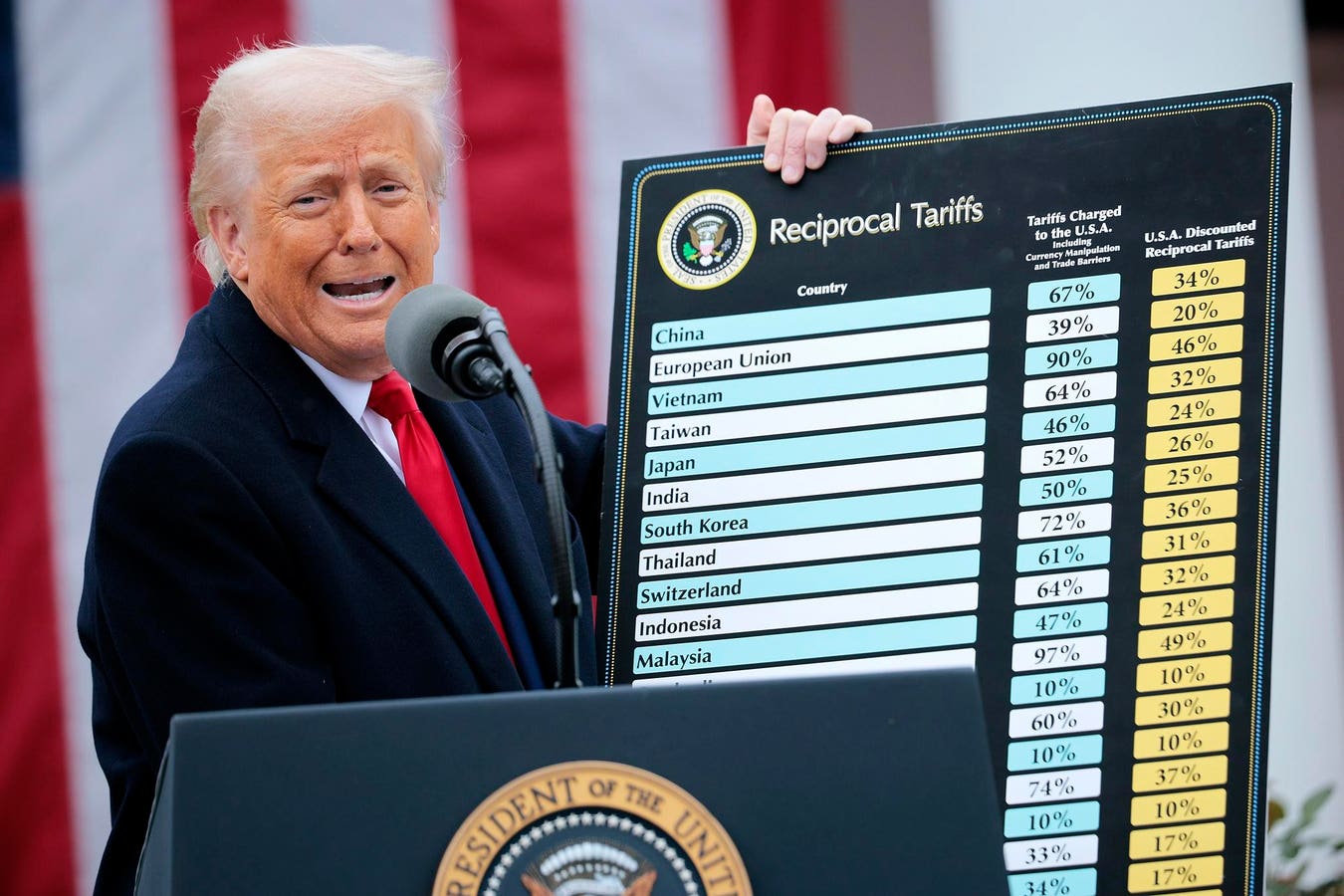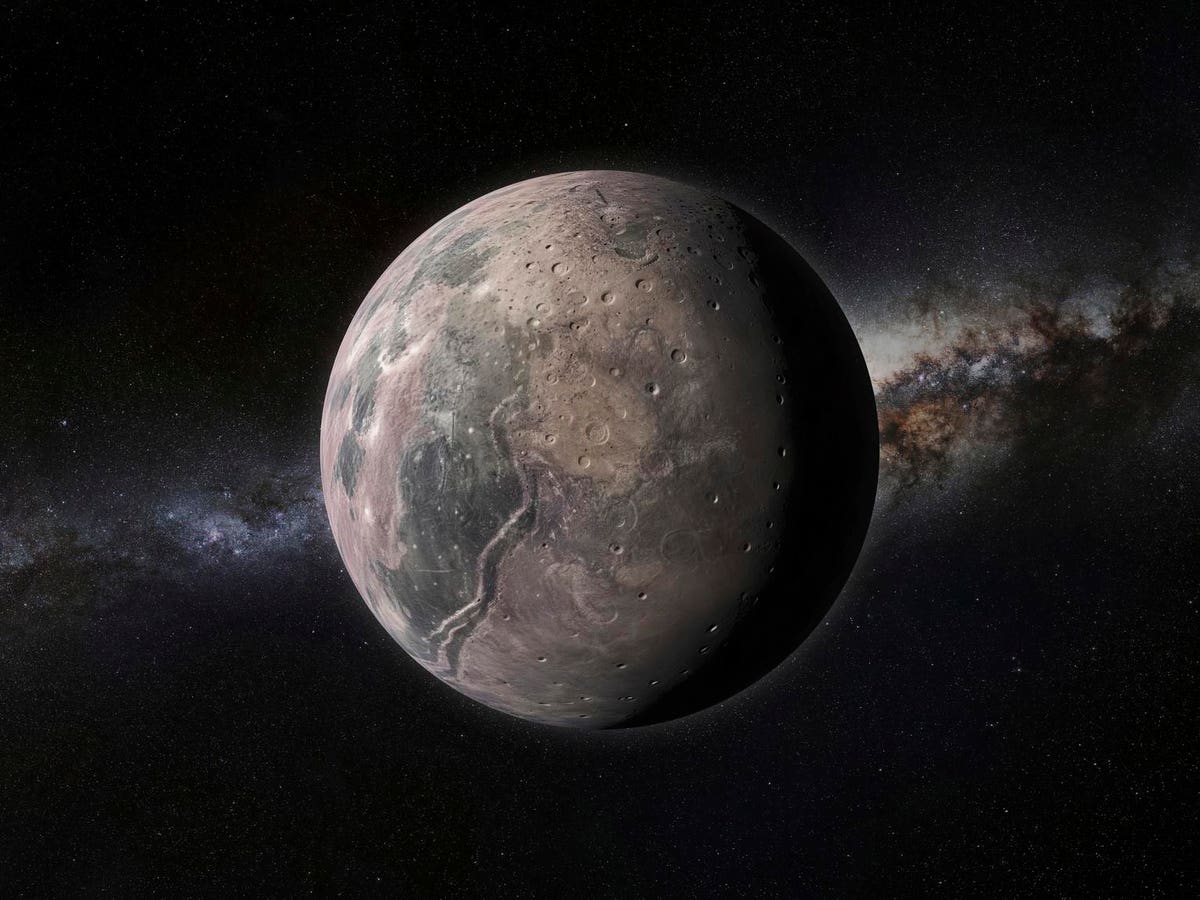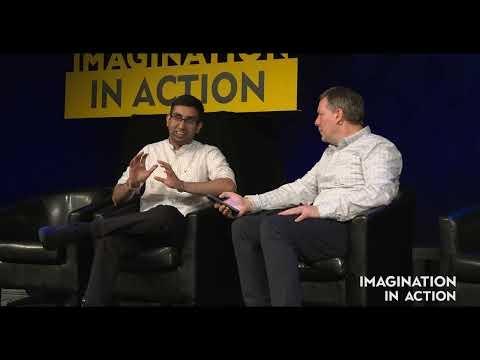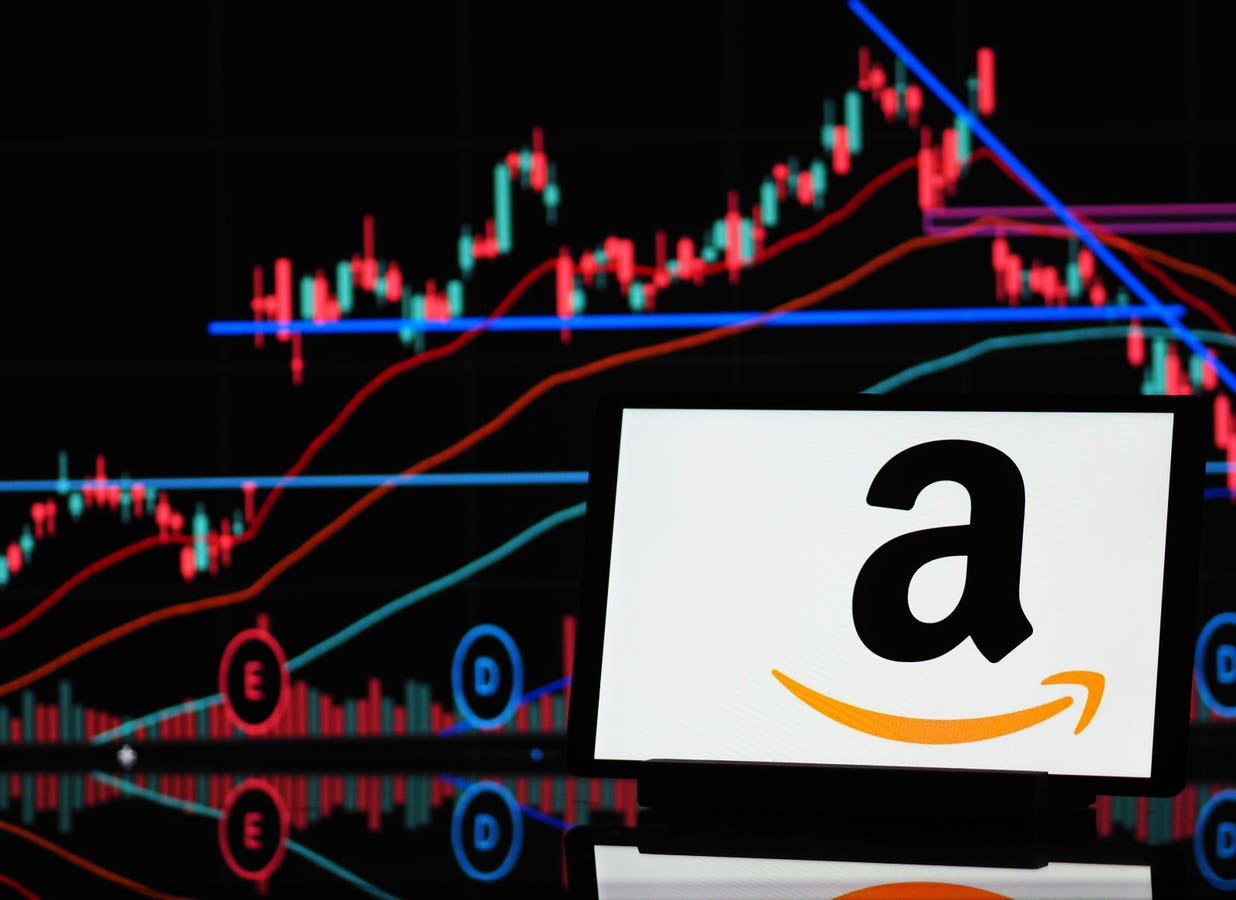WASHINGTON, DC – APRIL 02: U.S. President Donald Trump holds up a chart while speaking during a … More
A lot has been said about President Trump’s tariff policy, particularly from an economic perspective, but could they also hasten the move to a more circular economy, particulary in the U.S?
The circular economy is a popular concept in sustainability circles, and is defined by the Ellen MacArthur Foundation as one where products and materials are kept in circulation through processes like maintenance, reuse, refurbishment, remanufacture, recycling, and composting.
The concept also tackles climate change and other global challenges, like biodiversity loss, waste, and pollution, by breaking the links between economic activity from the consumption of finite resources.
David Linich, sustainability principal at PwC U.S, said he believes tariffs could accelerate the business case for circularity, in an interview.
Despite concerns over rising costs, he said circular business models could make strategic sense – not just to avoid tariff exposure, but to spark innovation, reduce operating costs and drive long-term growth.
He said there are several key reasons why tariffs could fuel circularity, including how tariffs will increase input costs for businesses, in an interview.
Linich added consumers are also increasingly expect more sustainable products and packing, and advances in artificial intelligence and robotics will mean improved sorting and reuse from waste streams.
“Any contamination of the recycling stream reduces the value of it, but if you can sort out the impurities, then you are left with a higher value stream, which you can reuse in a number of different applications,” he told me.
Linich said a number of states in the U.S now have various extended producer responsibility laws, which are helping to fund new waste infrastructure.
And he said a number of businesses are now setting targets around how much of the content of their products contains reused or recycled materials.
He added many of raw materials in electric waste, like cobalt and copper are expensive and increasingly harder to source.
“More and more companies are recognizing these are becoming scarce commodities, and there is a lot of value in the waste stream today to harvest that material and to reuse it,” said Linich.
He said PwC’s Second Annual State of Decarbonization report shows 37% of companies are increasing their ambitions around sustainability, while only 16% are dialing them back in some way.
“The business value of climate action is becoming clearer to most organizations. As a proof point, we see between a 6% and 25% revenue uplift from products that are marketed with sustainability attributes compared to those which are not.”
Vishal Agrawal, business of sustainability initiative academic director at Georgetown University’s McDonough School of Business, said there are several key issues when considering the move towards a circular economy, in an interview.
In terms of recycling, Agrawal added the introduction of tariffs could foster more recycling infrastructure, particularly in Western countries, but any potential benefits would require an “incredible amount” of investment and take a long time to pay off.
But he added the impacts on reuse, which is another cornerstone of the circular economy, could be more interesting, particularly in some sectors where tariffs could have a big impact, like domestic appliances and electronics, because it could mean consumers holding onto products for longer.
“But, no matter how much new things cost, people will still want the latest style, so perhaps there will be more potential for the prolonged use of certain products.
“The best thing you could do in terms of sustainability is incentivize customers to keep these products longer, because most of the environmental impact,” he added.
Another cornerstone of the circular economy is design and Agrawal said if the tariffs continue to be in place, firms could respond by using less materials, being more efficient when they design the product, or designing it to be more longer lasting.
“The push towards the circular economy requires a lot of change in consumer behavior, as well as huge investments in infrastructure, collection, recycling, reuse, and like any other investments, people might wait to see how all of this pans out,” he added.









